When at the grocery store everyone wants the best of the best: the sweeter orange, the cuter carrot, or even the cooler piece of asparagus — but first, check. Is it really better? The store will try to trick you (on purpose), so get the facts before you spend unnecessary money.
Navel vs. Blood Orange
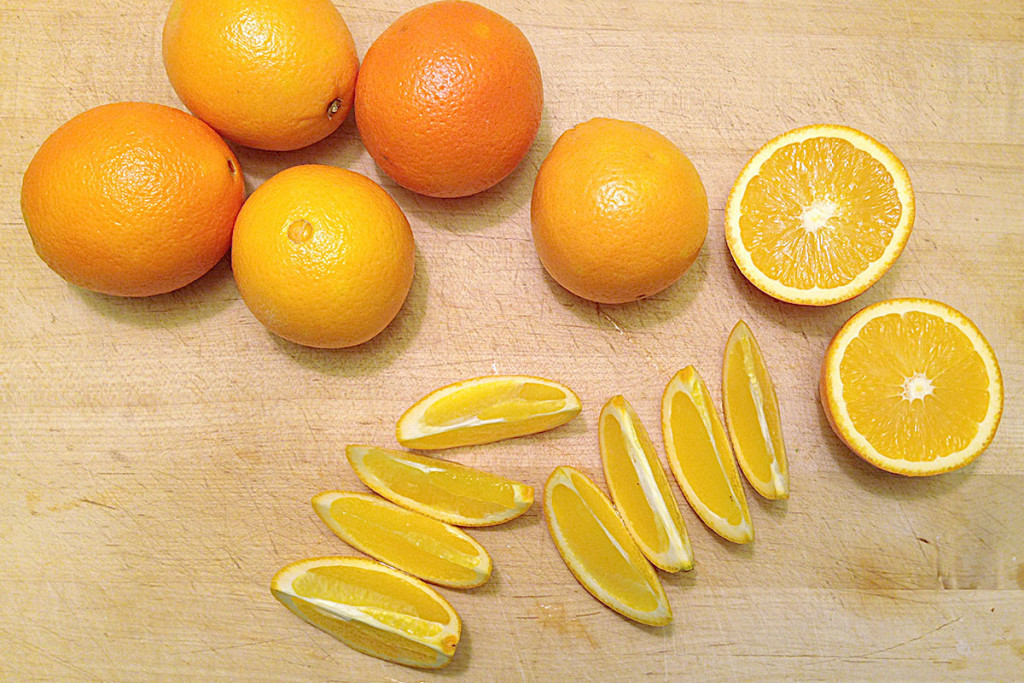
Photo courtesy of producegeek.com
I am as big of an orange fan as the next person, and both these oranges are equally delicious. But that’s the point — EQUALLY delicious. Many people say the blood orange is sweeter or a vegan vampire’s fave fruit, but the fact of the matter is a ripe navel orange and a ripe blood orange will taste identical.
The difference is really in the color, and the price. The average navel orange cost around 60 cents while the average blood orange costs around $1. Hmm…
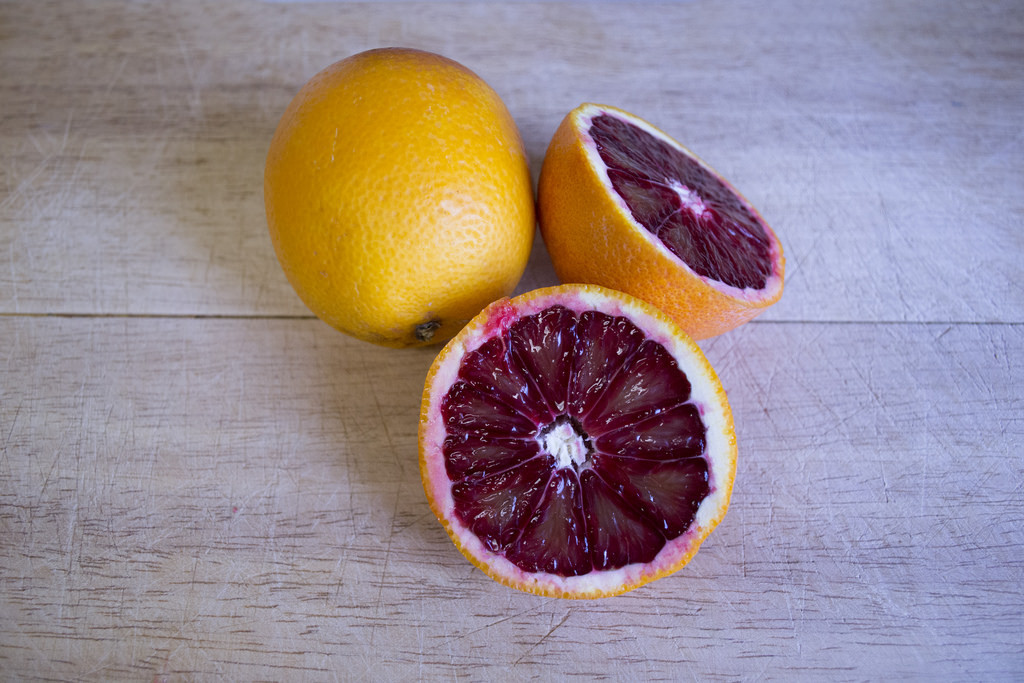
Photo by Haley Durham
Green Asparagus vs. White Asparagus
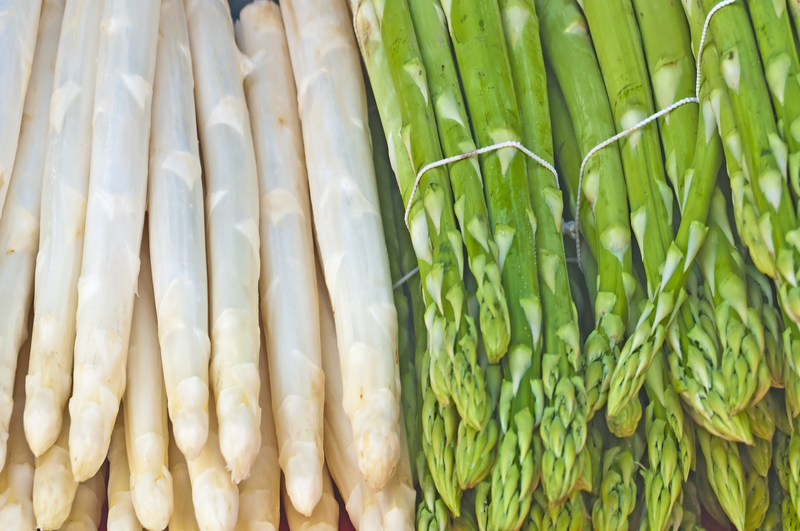
Photo courtesy of farmmade.com
Asparagus is yummy when it is grilled, sautéed, baked, or even fried. But does it matter if it’s white or green? No, absolutely not. The ONLY difference is that white asparagus is grown in the dark so it does not develop chlorophyll (the color pigment that makes green), which only develops when exposed to sunlight.
On average, per bunch, white asparagus is TWO dollars more expensive than green. WTF.
Carrots vs. Baby Carrots
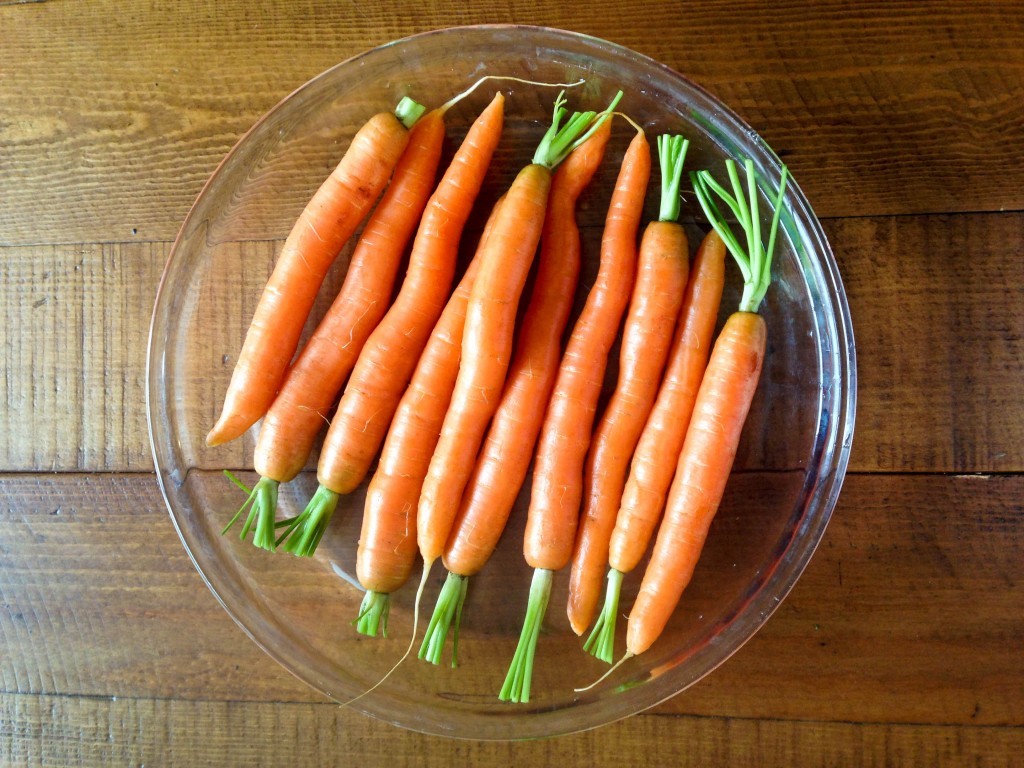
Photo by Charlotte Hull
These baby carrots are not naturally grown — they are in fact big carrots shredded into smaller carrots. Find more info here. Feel scammed? Me too. What makes it worse is that normal carrots are around 78 cents a pound while baby carrots are priced around $1.63 per pound. Almost a dollar more? I’ll cut my own carrots, thank you very much.
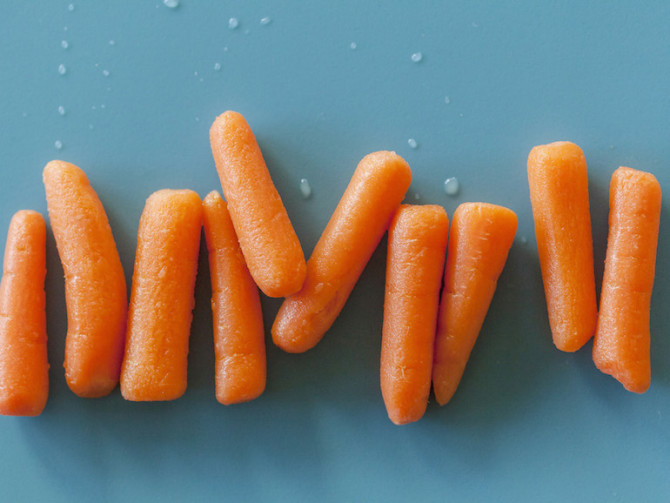
Photo courtesy of foodnetwork.com
Beets vs. Baby Beets

Photo courtesy of nexcesscdn.net
Notice a theme with the word “baby”? I don’t know why making something smaller and calling it “baby” excites some people, but it does. I am going to start with the price on this one, since an average bunch of regular beets costs $2.36 while the baby beets are on average $2.70. So much more money and so much less beet… makes sense… not. But did you hear beets are the new kale?
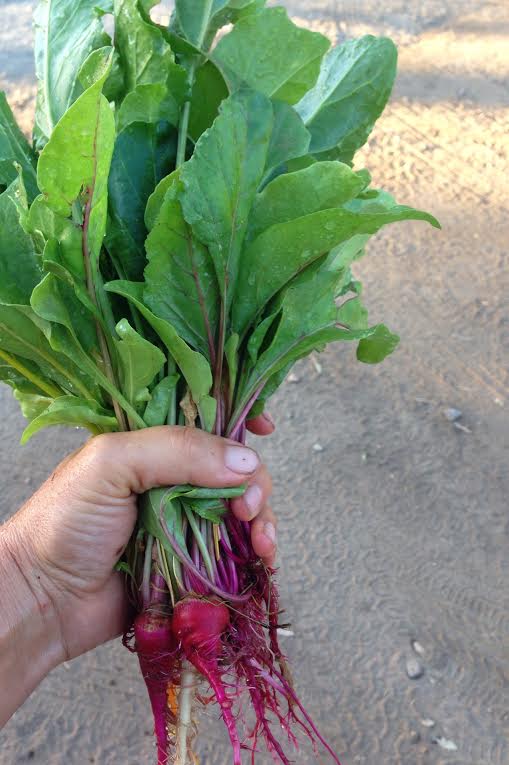
Photo courtesy of wordpress.com
Green Beans vs. Haricot Vert
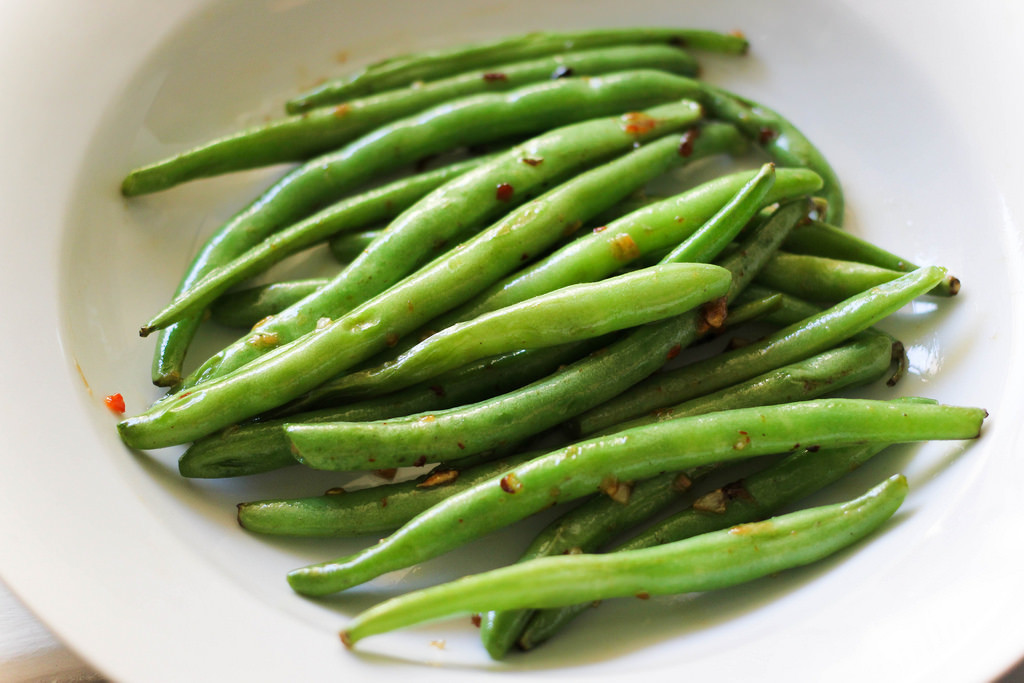
Photo by Gabby Phi
Can you even see a difference? Me neither. So what makes Haricot Vert (French green bean) better? Some think it is fancier. That’s baloney, because there is no difference between these two beans. But a green bean is around 90 cents a pound while Haricot Vert can be up to $8.68 per pound. RIDICULOUSNESS.
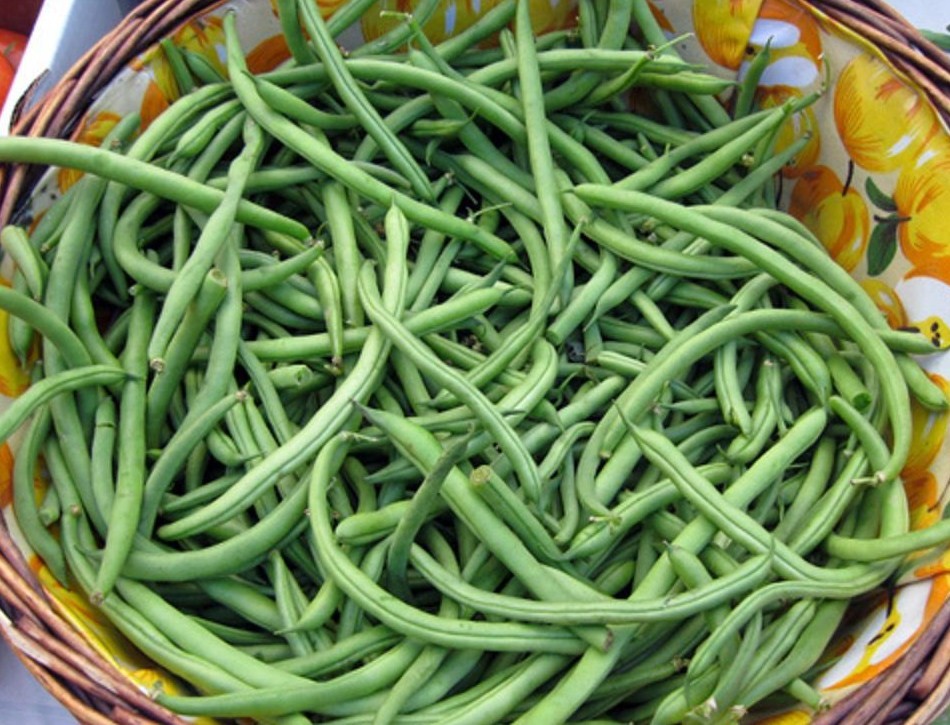
Photo courtesy of wikimedia.org
Sweet Potato vs. Yam
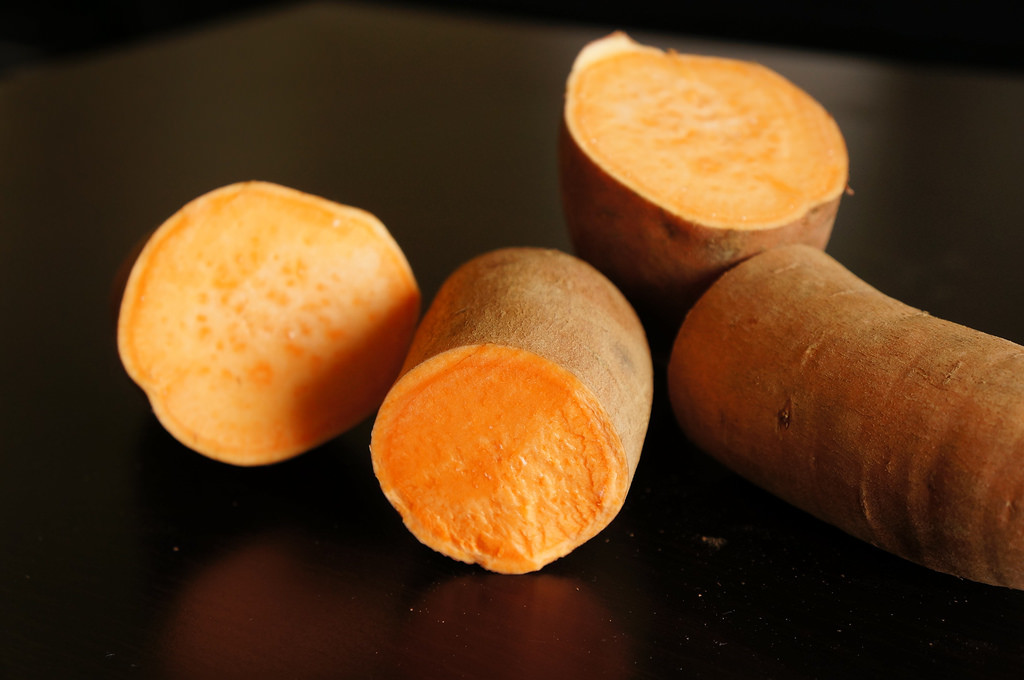
Photo by Sean Koetting
This one may stir up some controversy. They’re both very yummy (especially for potato chips). However, it is hard to even tell the physical difference between these two. Some people do use these veggies in the same way, while other people will vow that they are totally different and it’s offensive that you would even say they are the same.
In reality, these are totally interchangeable, but sweet potatoes run at around 91 cents per pound while yams are a whopping $5.59 per pound.
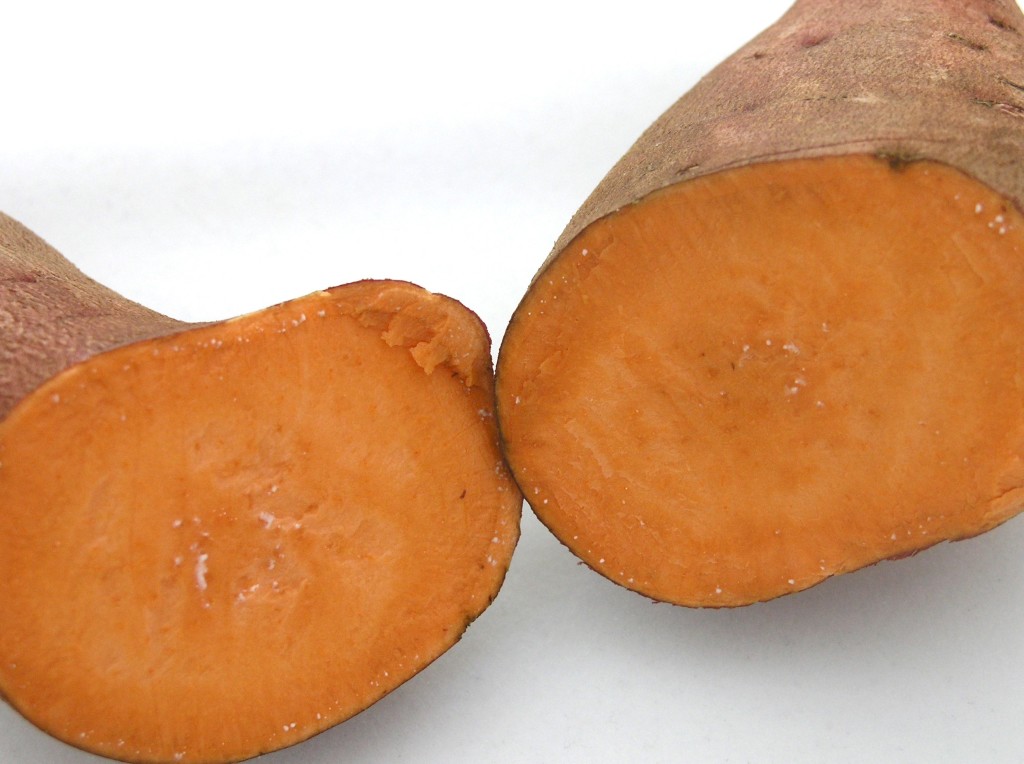
Photo courtesy of dailycolorstoday.com
Just something to consider next time you are at the grocery store.


